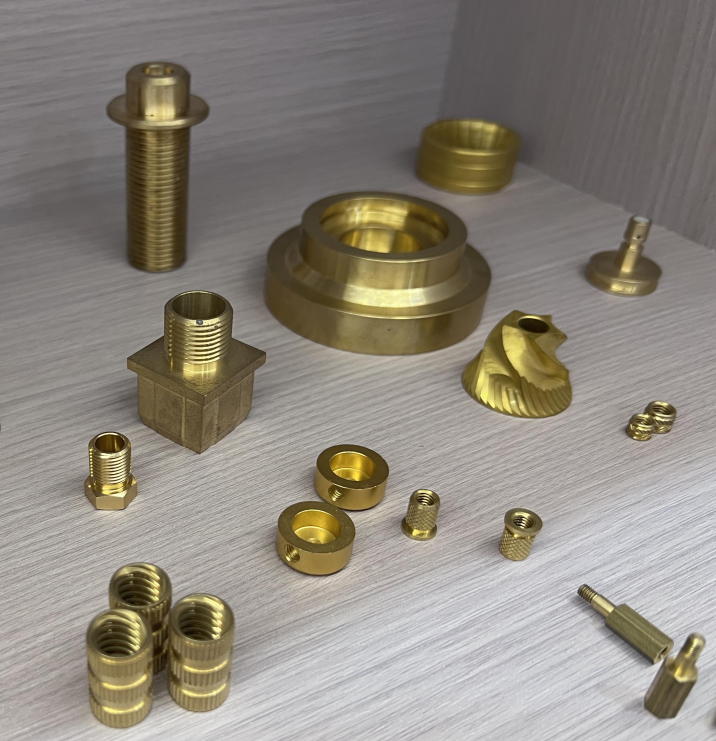The Key to Precision Control--Mold Accumulated Tolerance
In the manufacturing industry, molds are indispensable tools for producing various industrial products. The design and manufacturing accuracy of molds directly affect the quality and production efficiency of products. In the mold manufacturing process, accumulated tolerance is a crucial concept, which involves the impact of the cumulative dimensional tolerances of various mold parts on the final product accuracy. We would like to discuss with you the definition, calculation method, control strategy of mold accumulated tolerance and its application in actual production.

Definition
Mold accumulated tolerance refers to the dimensional deviation of the final product caused by the accumulation of dimensional tolerances of various parts during mold assembly and use. This deviation is inevitable because each part will produce a certain error during the processing. Therefore, the existence of accumulated tolerance requires mold designers to consider the cumulative effect of these errors in the design stage to ensure that the dimensional accuracy of the final product meets the design requirements.
Calculation method
Two main methods for calculating accumulated tolerance: extreme-value method and statistical method.
1. Extreme-value method
The extreme value method is a conservative calculation method that assumes the dimensional errors of all parts accumulate in the most unfavorable direction. This method is simple and easy to implement, but it may lead to overly conservative designs, thereby increasing manufacturing costs.
2. Statistical method
The statistical method is based on the principle of probability theory and considers the distribution characteristics of part dimensional errors. This method can predict accumulated tolerance more accurately, but the calculation process is more complicated and requires a certain understanding of the distribution of part dimensional errors.
Control strategy
1. Optimization design
During the mold design stage, the accumulation of tolerances can be reduced by optimizing the size and shape of the parts. For example, using symmetrical design can effectively reduce deformation caused by tolerance accumulation.
2. Reasonable selection of tolerance grade
According to the function and importance of the parts, the tolerance grade should be reasonably selected. For key parts, stricter tolerance requirements can be adopted. And for non-key parts, the tolerance requirements can be appropriately relaxed.
3. Adopting high-precision processing technology
The use of high-precision processing technology, such as CNC processing, laser cutting, etc., can reduce errors in the process to decrease accumulated tolerances.
4. Adjustment during assembly
During the mold assembly process, accumulated tolerances can be effectively controlled through adjustment and compensation measures. For example, the thickness of the gasket can be adjusted to compensate for the size difference between parts.
Application in actual production
In actual production, the control of accumulated tolerance plays an important role in ensuring product quality and reducing costs. Through effective accumulated tolerance control, the following goals can be achieved:
1. Improve product quality
By accurately controlling the accumulated tolerance of the mold, it can ensure that the product quality meets customer requirements and reduce rework and defective rate.
2. Reduce manufacturing costs
Reasonable accumulated tolerance control can avoid overly conservative design, thereby reducing material consumption and processing costs.
3. Improve production efficiency
Effective accumulated tolerance control can reduce the adjustment and rework time in the production process and improve production efficiency.
4. Enhance market competitiveness
High-quality products and reasonable cost control can enhance the market competitiveness of enterprises.
Summary
Mold accumulated tolerance is an important factor that must be considered in the mold design and manufacturing process. Through reasonable design, precise processing and effective assembly control, the accumulated tolerance can be effectively managed and controlled to ensure product quality and production efficiency. With the development of manufacturing technology, the control of accumulated tolerance will become more and more precise, providing strong support for the development of the manufacturing industry.
